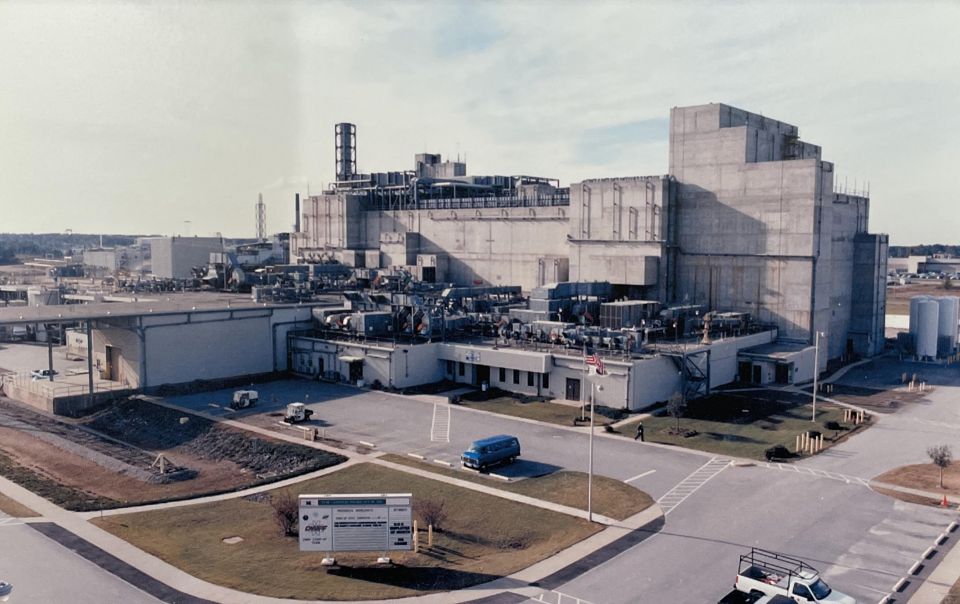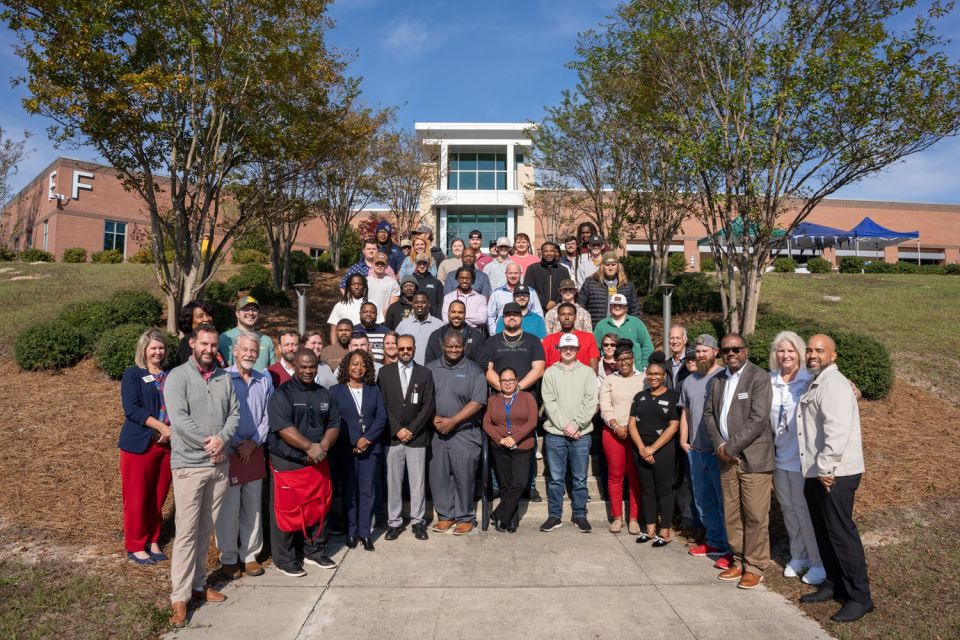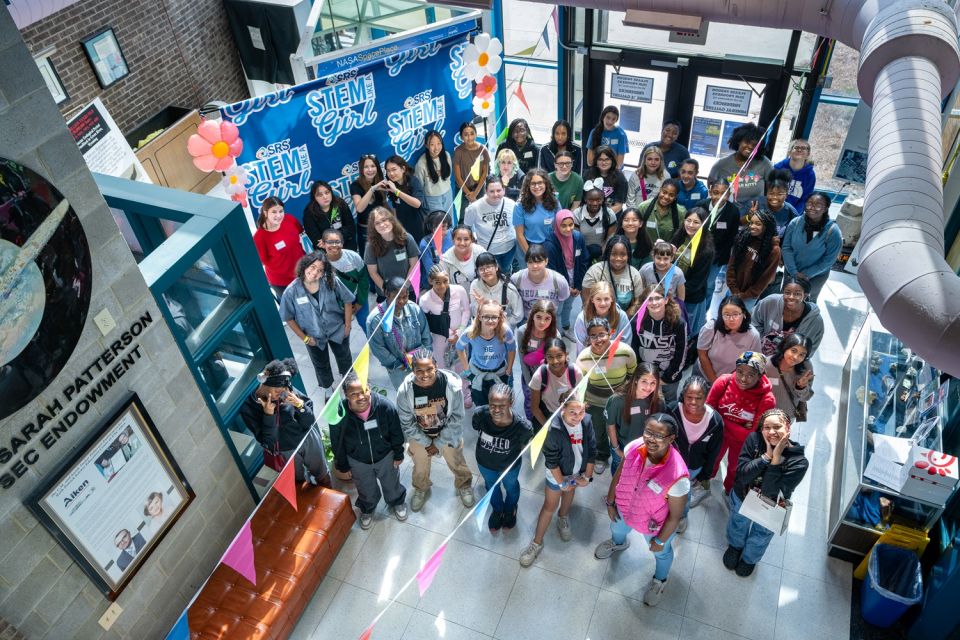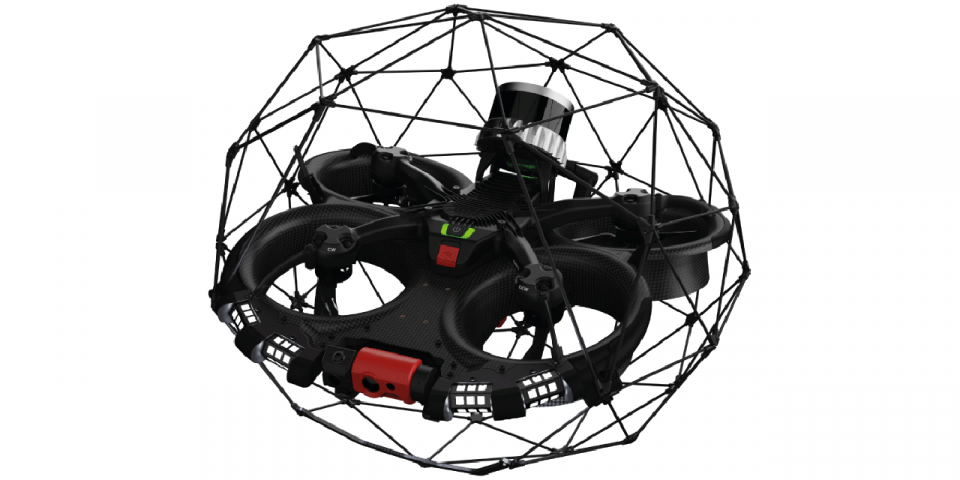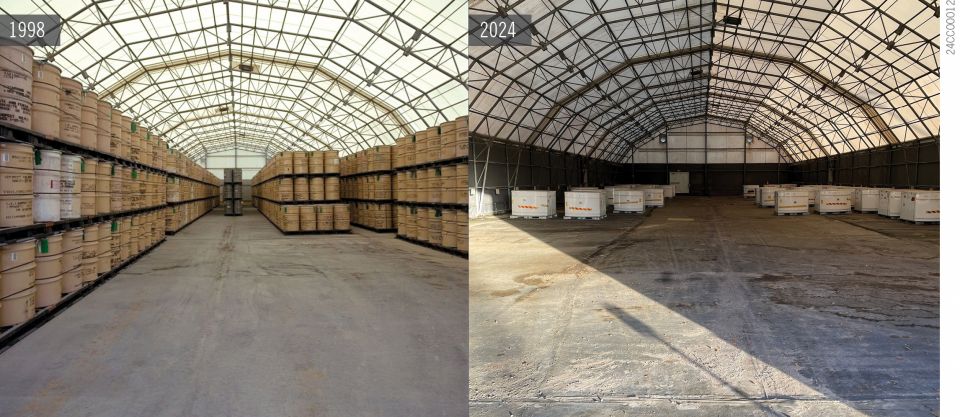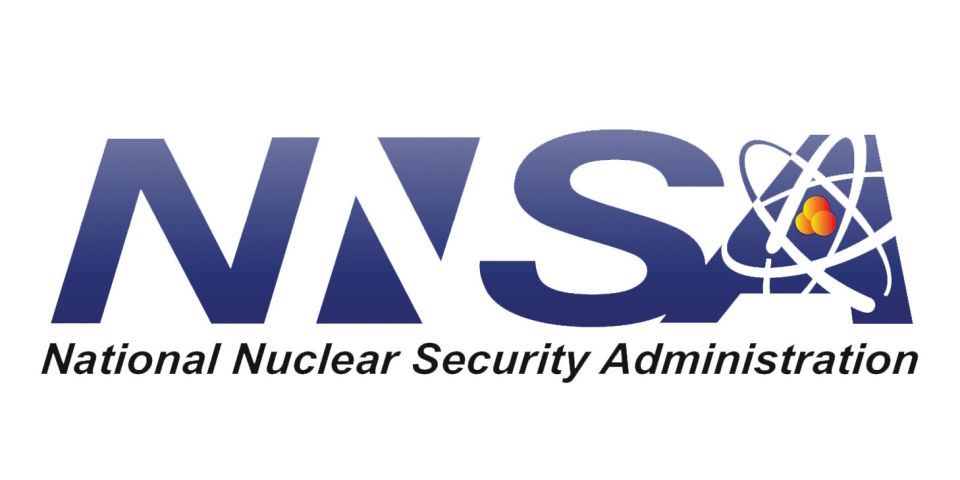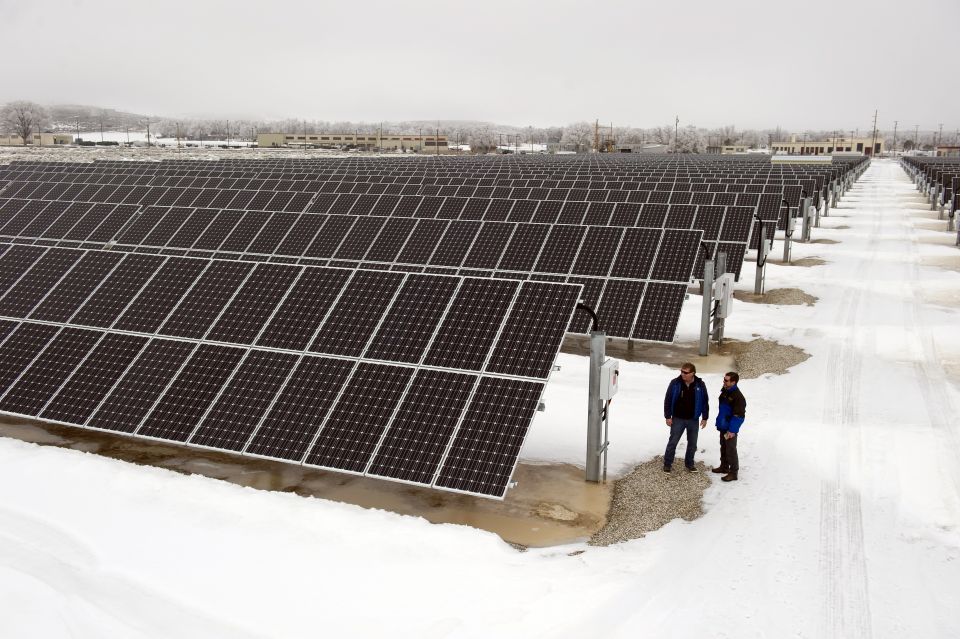SRS facility surpasses reprocessing milestone

The Savannah River Site in South Carolina has processed more than 10 million gallons of liquid radioactive waste in its Salt Waste Processing Facility (SWPF), the Department of Energy’s Office of Environmental Management has announced.

The Saltstone Production Facility mixes a decontaminated salt solution with dry materials to produce a cement-like grout that is pumped into saltstone disposal units for permanent disposal. (Photo: DOE)SPF.jpg
Milestone: The milestone comes on the fourth anniversary of the start of SWPF’s “hot commissioning” testing, the DOE noted on November 13. Completion of that testing phase signaled the facility’s entrance into fully integrated operations with SRS’s other liquid waste facilities.
SWPF, operated by liquid waste contractor Savannah River Mission Completion, is helping to reprocess more than 33 million gallons of waste remaining in the 43 waste tanks in the site’s two radioactive tank farms, which are groupings of underground waste tanks.
Steve Howell, SWPF and end stream delivery project director, said the facility is proving to be a valuable addition to the effort to safely treat the waste. “The Salt Waste Processing Facility is operating more efficiently than before,” he said. “We have added the ability to clean certain pieces of equipment without the need for shutting down operations.”
Howell noted that SRS acquired additional contactors, a key part of the operation, making it possible to replace an entire bank of contactors during a single shutdown instead of requiring numerous shutdowns to replace only a few at a time. The specially engineered contactors are used to remove radioactive cesium from the liquid salt waste stored in underground carbon-steel tanks.
“These enhancements provide us greater efficiency,” Howell said. “We experienced dramatic improvements resulting from on line strip effluent coalescer cleaning and on line solvent drain tank filtering, and we expect less downtime needed for contactor changeouts. We are also optimizing our use of monosodium titanate used for actinides removal, reducing the potential for clogging of the filters. These improvements are contributing to increased production time.”
Activity: SWPF, which receives salt waste from SRS’s H Tank Farm, decontaminates the salt solution by removing highly radioactive contaminants. The highly radioactive waste stream is transferred to the Defense Waste Processing Facility for vitrification, while the decontaminated salt solution is sent to the Saltstone Production Facility. Vitrification converts high-activity radioactive waste into a solidified glass form suitable for long-term storage and safe disposal.
The Saltstone Production Facility also boosted its production during the fiscal year that ended September 30 by processing more than 8 million gallons of a cement-like grout, the most ever produced in a year. In recent years, equipment, production software, and other upgrades have strengthened the facility’s production, according to DOE-EM, which added that the facility also has moved to 24/7 continuous coverage, further improving the its capacity.
Efficiency: The combination of improvements at SRS’s liquid waste facilities is resulting in more efficient production as SRMC works to complete the overall liquid waste program by 2037.
Jim Folk, DOE–Savannah River assistant manager for waste disposition, noted that the work across the liquid waste facilities is providing greater run times.
“These modifications are helping us optimize the processing capabilities of each of these facilities,” Folk said. “Additional optimizations will lead to even greater efficiency while always maintaining safety as we continue to empty these waste tanks.”


